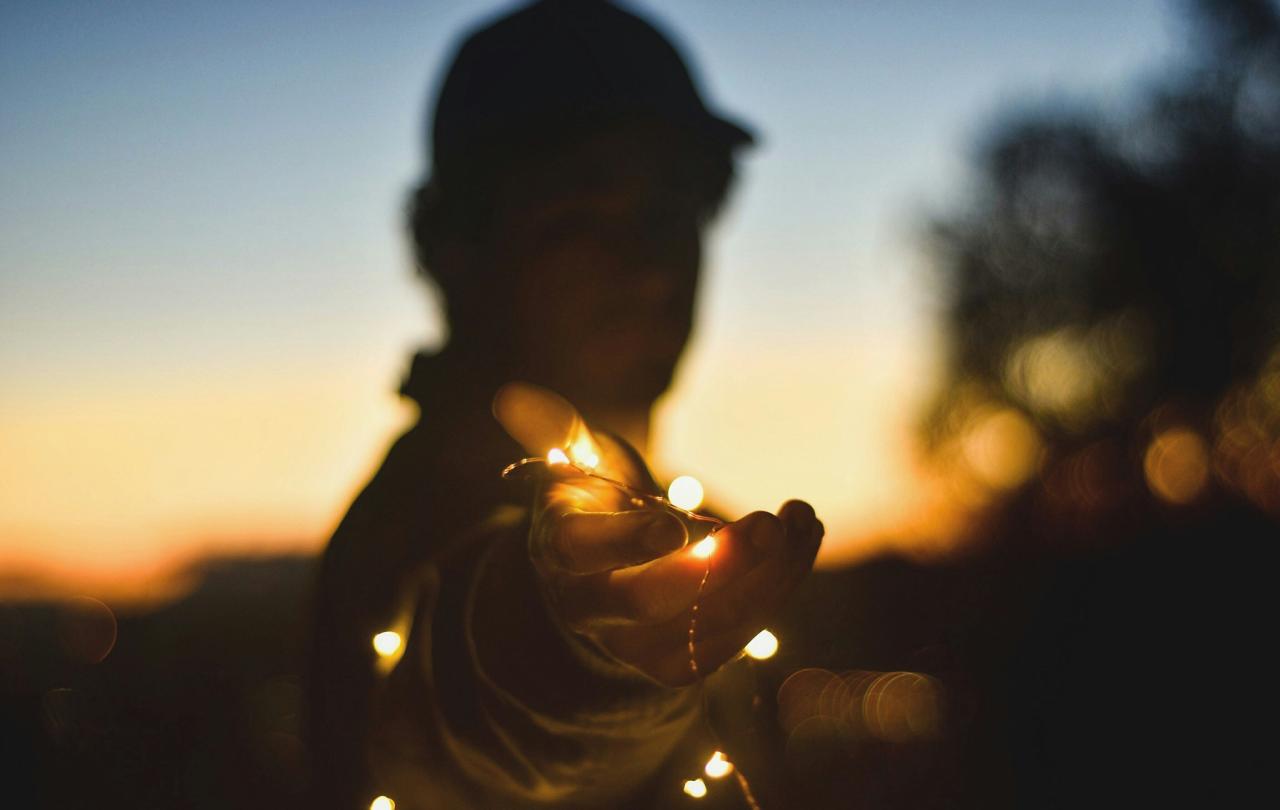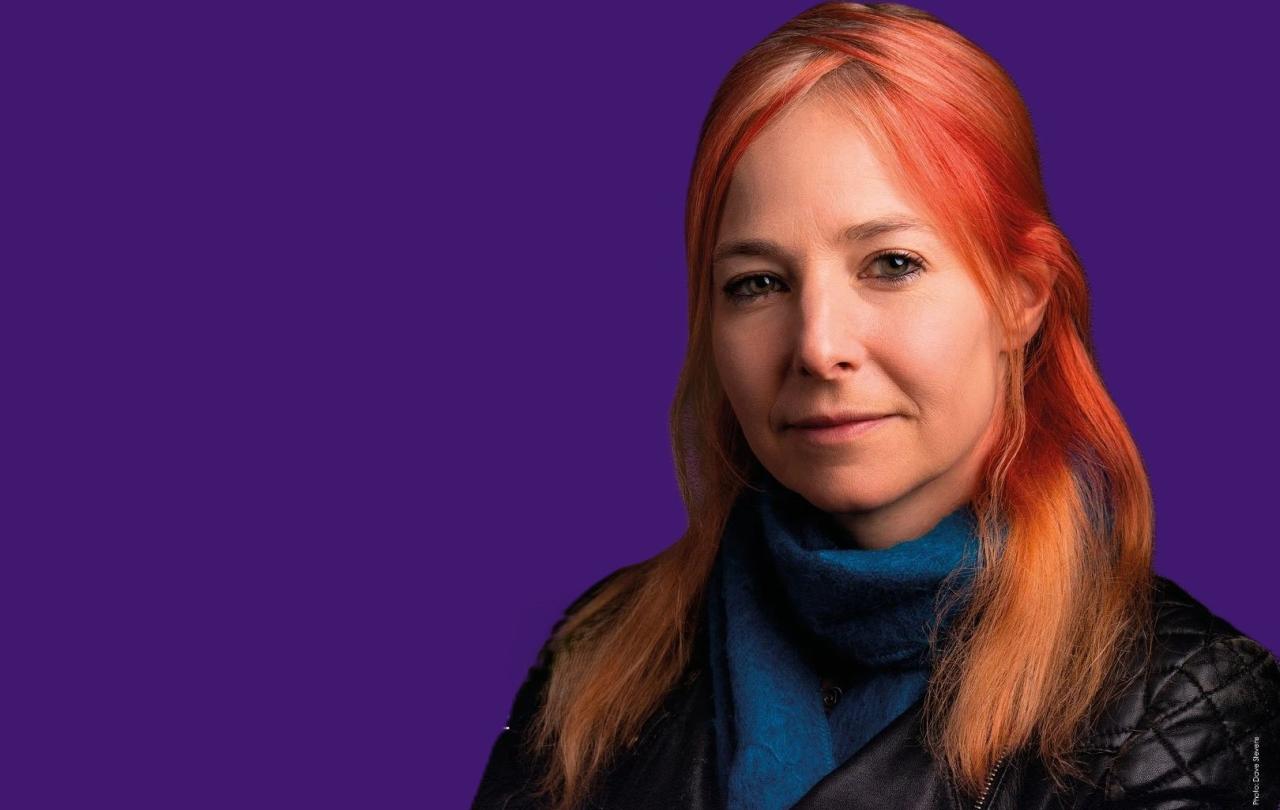
This article, by Blake Collier, first appeared in Mockingbird. Published by kind permission.
Entre chien et loup.
The phrase literally means “between dog and wolf” and has most immanently been used to describe the twilight hour where day and night intermingle before night fully takes hold.
Jean Pruvost, a linguist who has studied the expression, gave some background on ‘entre chien et loup.’ He says it comes from a Latin phrase, intra hora vespertina inter canem et lupum, that dates back to at least the seventh century. And it refers to the time when the daylight dims and you could mistake a dog for a wolf.
One could imagine before the advent of electricity and modern public lighting how ambiguous this time of day could be as the landscapes around your small village were being consumed by the darkness — the human eye not fully able to calibrate fully for day or for night, hence the inability to distinguish between a friendly pet and a looming threat.
This is what is popularly known as liminal space in our current epoch. This liminality is always present, however, not just at dusk. As we move through the worlds we inhabit, whether natural or built, we are constantly finding ourselves within transition or transformation. Psychogeography is a broader term that is often used to investigate the liminal movement of bodies through space. In its most simplistic form, it is how our mind interacts with and processes the physical landscapes that we inhabit and how those landscapes affect our mind. The actual history of the term is much more complicated — honestly, convoluted — however at its core it is scratching at the nebulosity of things like entre chien et loup.
At the outskirts of a city or town, one begins to see the fraying of the edges, those areas where we have yet to fully enact our illusory control over the land.
About seven or eight years ago at the height of my running prowess, I got up one Friday morning very early and started a ten-mile run I had planned around nearly the full border of my hometown of Canyon, Texas. I did not know if I would make it the whole way, but the intent was there and the map was set. However, something interesting happened as I began plodding down my route. Those lines that show up on our maps often engender varying qualities of trails. Most of the time I was hitting asphalt and sidewalks, but when you are following a broad circle around a town, it’s not uncommon to find ambiguous stretches between incorporated and unincorporated parts of the town. Somewhere within the first mile or two, one of the “roads” I had included on my path ended up being nothing more than a worn trail through prairieland behind a group of houses.
I bring this story up because, though I did not know it then, I was enacting a psychogeographic practice. Iain Sinclair, who is probably one of the most well-known proponents of modern psychogeography, walked the M25 around London in seven different treks over a time period. The M25 is a 125-mile loop around London and is considered one of the busiest highways in the world. As he ambled along the highway — sometimes on asphalt, sometime “around” the trace of the highway — he would take note of what he saw, and he eventually wrote the book London Orbital. This practice allowed him to see London in a new way because at the outskirts of a city or town, one begins to see the fraying of the edges, those areas where we have yet to fully enact our illusory control over the land. They have neither been captured by urban sprawl nor have they been renovated and gentrified. These lacunae are ambiguous regions between the built and unbuilt (or decayed). Once again, we are placing ourselves intentionally into places where we attend to the ley lines which connect the physical markers to the perceived or imagined topographies of the places where we exist.
To put it bluntly, being intentionally attentive to surroundings can trigger investigations into the seen and unseen powers that hole up in our built environments and the natural world that pushes back against it.
The path through the prairieland I spoke of earlier ended at a concrete curb and a recently repaved residential street that ran right next to a Catholic church, almost like the church was posting itself on the fringes of the town to warn of impending threat, or perhaps giving a welcome sight to a weary traveler. I suppose it depends on how you look at it.
Yet it is exactly this work of attending to where we live and reacquainting ourselves with it that is, I believe, at the heart of this purposeful ambulation through space. Our lives fall into banality most of the time. We take everything for granted and we see our lived environment through that myopic lens. But take a walk on the outskirts of where you live, without a phone or music or any other technological mediation, and just look around the space and pay attention to how it embroils your emotions. I can nearly guarantee that you will find the place you live is much weirder than you thought it was, and you might even learn a thing or two about what your place values. I knew that Catholic church was in that general area of that path, but I didn’t realize how that path would empty me out before its hallowed presence.
However, as I thought about it, it made sense that in this community the Catholic church would be found on the edges of the town. There are somewhere around ten other churches in a town of about 17,000 all of which are Protestant. However, if you go just ten or eleven miles west to the town of Umbarger, the roles are reversed. There is still one Catholic church, but as far as I know no Protestant churches. Merlin Coverley, in his book tracing the history of psychogeography, finds that “contemporary psychogeography as closely resembles a form of local history as it does a geographical exploration.” One could take the observations from their ambulation and dig into their place’s past to see why this might be the case. However, this is very much the chien of this psychological study of environment.
What about the loup? Psychogeography has always had connections to the occult and the weird. Coverley continues later in his book,
“Here, then, we find all the features ascribed to psychogeography today: the mental traveler who remakes the city in accordance with his own imagination is allied to the urban wanderer who drifts through the city streets; the political radicalism that seeks to overthrow the established order of the day is tempered by the awareness of the city as eternal and unchanging; and the use of occult symbolism reflects the precedence given to the subjective and the anti-rational over more systematic modes of thought.”
All of this is to say that what we might find out about the place we live in when we give ourselves to its fringes and walk its shores might have a darker tone which implicates local politics and powers. Perhaps we will even find ourselves confronted by a metamorphosis which changes the very way we live, work, and move in these places.
Sinclair’s earlier work Lud Heat in 1975 set out to remap London by way of connecting London’s churches built by eighteenth-century architect Nicholas Hawksmoor and their odd loci to numerous prominent murders like the Radcliffe Highway Murders and those by Jack the Ripper. There is a thread that ties some of the imagery Hawksmoor used in his churches to ancient Pagan symbolism. To put it bluntly, being intentionally attentive to surroundings can trigger investigations into the seen and unseen powers that hole up in our built environments and the natural world that pushes back against it.
If nothing else, this study of the ambiguous transgressions between mind and place helps us bring a new profundity to our existence. It psychologically brings us back to a place where our intellectual, physical, and technological prowess cannot protect us from the hairs that stand on the back of our necks. Because everything, if attended to perceptively, can be seen as a dog or a wolf. And that should give us great pause in the everyday grind of our lives.





